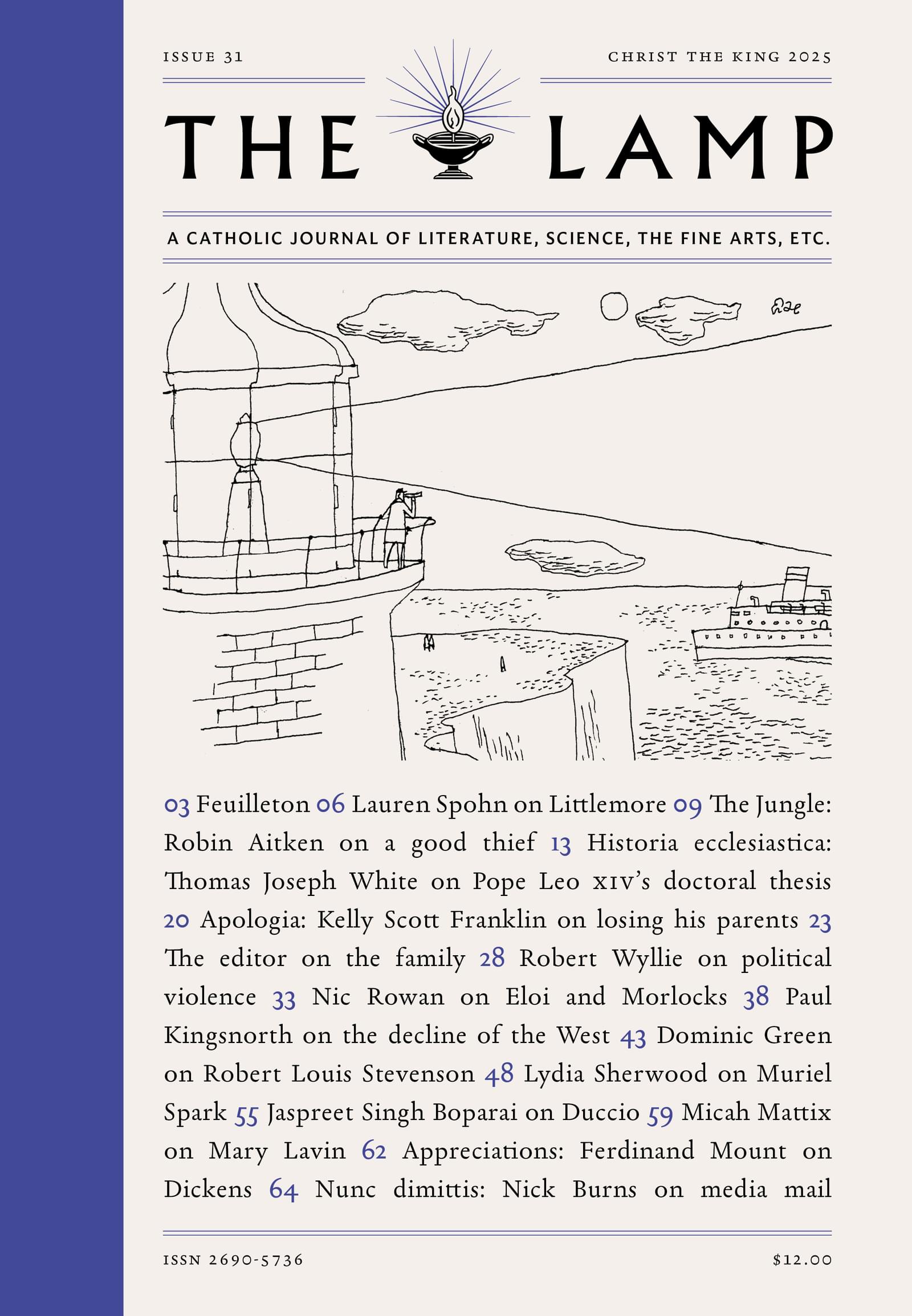Not far from the house where I spent my infancy and early childhood was an abandoned sanatorium. It had been built in the Thirties for tuberculosis patients, and closed in the Eighties on account of asbestos and lead. A decade later it already looked as if it had been empty for a century: ivy up the red-brick walls, trees growing against the foundations, every visible window a black hole with a ring of dental glass. To a very young child, it was a forbidding and even terrifying complex—the broken windows were somehow suggestive of eyes. When we drove past it, I would whine and refuse to look out the window.
When passing through that part of the world many years later, I decided to drive over to the hospital to see if it was as I remembered it. It was a dry, cold afternoon in late February, with that pale late-winter sunshine that seems to come through frosted glass. Perhaps it was the light—a gray day might have been very different—but there was very little menace to the place for the man who had been the child. A soft wistfulness prevailed, like the elegant shabbiness of an elderly lady who came to poverty later in life. With time, impressions become less forceful, but new and previously undiscovered subtleties open—the scotch of life is mellowed by the water of age.
To pass through time, for a person, a building, or a place, is to decay and become ruinous. The ruin is a physical record of history, a corporeal memory. Our country is young, and its relative paucity of ruins is a testament to its youth; as it becomes more itself with its own history, its collection will grow. But what ruins it does have can be striking. The neighborhood of Northeast Washington around the Catholic University is called the Little Vatican for its concentration of seminaries and churches. Off a side street, not far from the Franciscan Monastery of the Holy Land in America—itself a strange little complex, a tiny model of the holy sites of Jerusalem and Bethlehem surrounded by rose gardens and a small park—is a long drive lined with cherry trees. It terminates in a small circle, at the center of which is an unkempt garden with a statueless pedestal. Behind the circle rises something startling: a yellow-brick building with red buttresses, each of which is topped with the monumental likeness of a churchman.
This was once the site of Holy Name College, a Franciscan seminary. Along the roof line, a strangely melancholy line from the psalms is written in yard-high uncial capitals: “AB ORTU SOLIS USQUE AD OCCASUM LAUDABILE NOMEN DOMINI.” The great red figures are the heroes of the Franciscan order—Bonaventure, Anthony, Roger Bacon. Brightly glazed tile insets show the symbols of the order and episodes from its history. The building was acquired by Howard University’s School of Divinity, but has been closed and neglected since 2015. Junk is scattered around the arcade behind it: dirty mattresses, garbage bags weathering into plastic rags, empty cans and bottles. The high windows over the massive, threatening subterranean boiler room are broken. The red wall of an outdoor squash court is covered in spray paint. Ab ortu solis usque ad occasum. A copper statue of Christ the King stands on a high tower, visible over the tree line from half a mile away.
Howard is always on the verge of redeveloping the property. I hope they never do. Clearing inconvenient ruins is a type of self-inflicted dementia, a denial of the way of all flesh—botox for the face of a nation. Mussolini’s mania for broad, straight avenues on which to hold military parades brought the destruction of many of the fine old townhouses of baroque and belle epoque Rome; the Via dell’Impero is now itself a relic of passing age. The independence-era “restoration” of the Acropolis at Athens entailed the clearance of many ancient Byzantine churches from the zone around the Parthenon, replaced by grass and scattered bits of marble; yet post-Ottoman Greece has hardly lived up to its Periclean aspirations.
These efforts, now badly dated, are of a piece with the Church’s liturgical reform, brought about by scholars who sought to clean up the face of old Mater with an often ersatz archaeologizing. Classicizing and futurism go hand in hand, and both are doomed.
The Moving Finger writes; and, having writ,
Moves on: nor all thy Piety nor Wit.
Shall lure it back to cancel half a Line,
Nor all thy Tears wash out a Word of it.
Time’s arrow only points forward, my late father used to say. So it does. Perhaps this is the gross sentimentalism of one man: “I have been all my life a dealer in antiquities, and have imbibed the shadows of fallen columns at Balbec, and Tadmor, and Persepolis, until my very soul has become a ruin.” But to me it seems that to clear the past is not to embrace the future; it is to deny that time moves at all.




